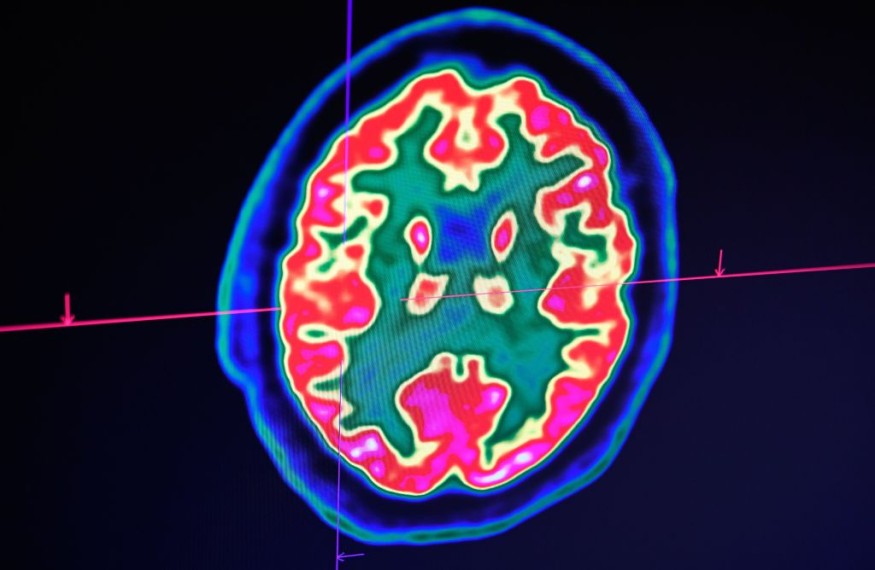In a recently published study, an international team of scientists proposed that a biodegradable sensor could provide doctors with an approach to monitor changes in brain chemistry minus necessitating a second surgery to take out the implant.
A ScienceDaily report specified that in a minimally invasive procedure on mice, the researchers embedded a wireless, biodegradable device into a mouse's deep brain region.
The device collected data on dopamine levels, an essential neurotransmitter, and other properties of the brain like pH levels, temperature, and electrophysiology before hazardously dissolving back into the body.
Since dopamine is crucial in numerous neural-related conditions, a biodegradable sensor to identify the neurotransmitter could be used by doctors for an array of treatments and surgeries.

Comprising Two-Dimensional-Transition Metal Dichalcogenides
According to Larry Cheng, Dorothy Quiggle Professor in Engineering and an associate of the Institute for Computational and Data Sciences, the direct measurement of dopamine can be very substantial due to the role played by neurotransmitters in numerous neural-associated diseases.
Cheng also said he thinks that people in the past have been searching for many other parameters in the form of temperature, sweating, or fever, among others.
Such related parameters can be beneficial when there's no direct measurement, although if there can be a direct measurement of the neurotransmitter at the target area, and in real-time, that can be more direct and even more helpful, because information can at times, be very problematic to infer based on those other parameters.
The silicon-based implant comprises a semiconductor known as two-dimensional transition metal dichalcogenides, or TMDCs, regarded as an "emerging class of materials" increasingly used in nanoelectronics and nanophotonics applications.
Device Tested in Mouse Brain
As specified in a similar Nanowerk report, these TMDCs to be controlled enabled the researchers to design the implant to be biodegradable yet keep both electrical and electrochemical performance.
Biodegradable implant could help doctors monitor brain chemistry https://t.co/znfLkJDDLZ #nanotechnology
— Nanowerk (@Nanowerk) March 23, 2022
To make the new approach implantable, all equipment needs to be packed into a roughly 13 or 14 millimeters long probe, Cheng explained. For perspective, a regular strength aspirin's diameter is approximately 14 millimeters.
The professor also said that's "really for the entire device," although if "we're talking about the sensor itself," that is even smaller, he continued. The researchers then tested the device by inserting the probe in a section of the mouse's brain known as the basal ganglia.
How Signals are Sent to the Biodegradable Device
In a clinical background, Cheng, who is also a member of the Materials Research Institute, said patients would wear a headband or other kinds of apparatus to relay the implant's signals to equipment that the medical practitioners could use to monitor the condition of the patients.
In their study published in the journal Advanced Materials, the study investigators specified that the main advantage of a biodegradable device is that, it would need no further operations, which add risks to patients' recovery, to eliminate the device. At present, following total recovery, the device needs to be taken out, or there will only be something inside that's not needed for use.
So, this is the reason the device is designed to be biodegradable, and after a specific amount of time, and following fulfillment of its function, it can safely dissolve. The patient won't need to undergo another operation to eliminate the device.
Report about this biodegradable implant is shown on Science and Tech News's YouTube video below:
RELATED ARTICLE : Google Effect AKA 'Digital Amnesia' Makes People Forget, Rather Than Remember Information Searched Online
Check out more news and information about Technology and the Brain in Science Times.
© 2025 ScienceTimes.com All rights reserved. Do not reproduce without permission. The window to the world of Science Times.












